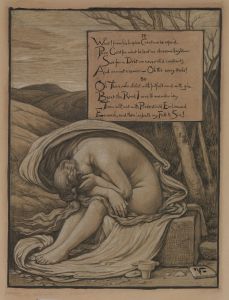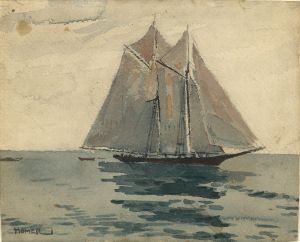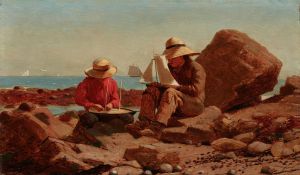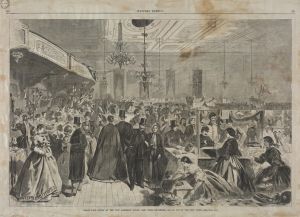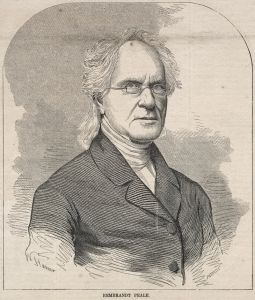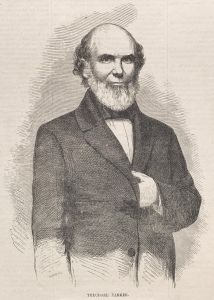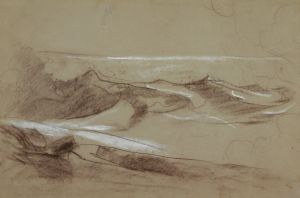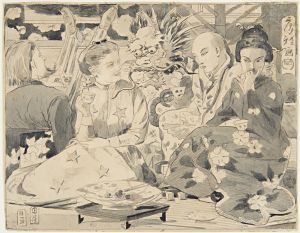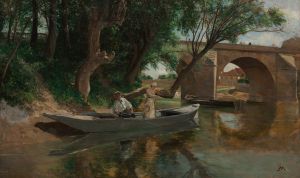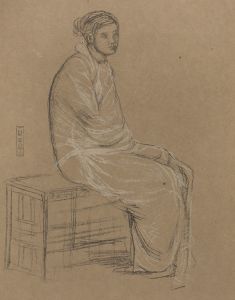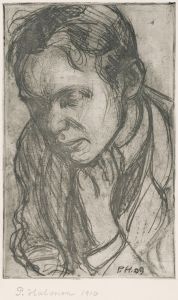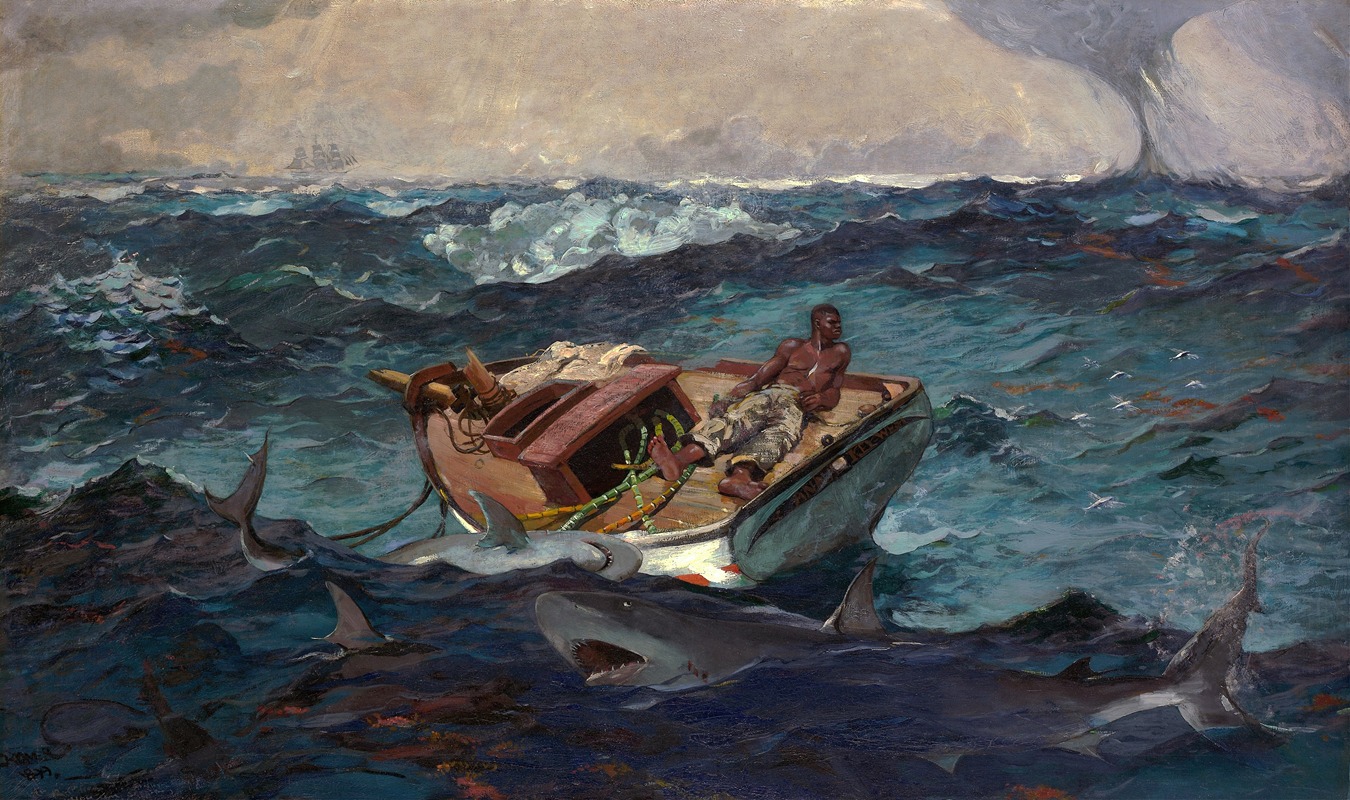
The Gulf Stream
A hand-painted replica of Winslow Homer’s masterpiece The Gulf Stream, meticulously crafted by professional artists to capture the true essence of the original. Each piece is created with museum-quality canvas and rare mineral pigments, carefully painted by experienced artists with delicate brushstrokes and rich, layered colors to perfectly recreate the texture of the original artwork. Unlike machine-printed reproductions, this hand-painted version brings the painting to life, infused with the artist’s emotions and skill in every stroke. Whether for personal collection or home decoration, it instantly elevates the artistic atmosphere of any space.
"The Gulf Stream" is a painting by the American artist Winslow Homer, created in 1899. This oil on canvas work is one of Homer's most famous and dramatic pieces, showcasing his mastery in depicting the sea and human struggle against nature. The painting measures 28 1/8 x 49 1/8 inches (71.4 x 124.8 cm) and is currently housed in the Metropolitan Museum of Art in New York City.
The painting portrays a lone African American man lying on the deck of a small, dismasted fishing boat adrift in the turbulent waters of the Gulf Stream. The boat is surrounded by sharks, and a waterspout can be seen in the distance, adding to the sense of imminent danger. The man appears calm despite the perilous situation, gazing out over the water. The painting's composition and the man's stoic demeanor evoke themes of isolation, vulnerability, and the relentless power of nature.
Homer's inspiration for "The Gulf Stream" likely stemmed from his trips to the Bahamas and Florida, where he spent considerable time observing and sketching the sea and its surroundings. His firsthand experiences with the ocean's power and the lives of those who depended on it for survival are vividly reflected in this work. The painting is also thought to be influenced by the artist's interest in the naturalist writings of Charles Darwin and the existential themes prevalent in 19th-century literature.
"The Gulf Stream" has been interpreted in various ways over the years. Some art historians view it as a commentary on the human condition, emphasizing the individual's struggle against the overwhelming forces of nature. Others see it as a reflection on the racial and social issues of the time, particularly the plight of African Americans in the post-Reconstruction United States. The painting's ambiguous narrative allows for multiple readings, contributing to its enduring significance and appeal.
Homer's technique in "The Gulf Stream" is notable for its realism and attention to detail. The artist's use of color and light effectively conveys the intensity of the scene, with the dark, churning waters contrasting sharply with the pale, almost ghostly figure of the man. The meticulous rendering of the sharks and the boat's weathered surface further enhances the painting's dramatic impact.
"The Gulf Stream" was first exhibited at the Pennsylvania Academy of the Fine Arts in 1900, where it received mixed reviews. Some critics praised its technical excellence and emotional power, while others found its subject matter unsettling. Despite the initial controversy, the painting has since become one of Homer's most celebrated works, admired for its bold composition and profound thematic depth.
In summary, "The Gulf Stream" by Winslow Homer is a powerful and evocative painting that captures the artist's fascination with the sea and the human struggle against nature. Its rich symbolism and masterful execution continue to captivate viewers and inspire diverse interpretations, securing its place as a significant work in American art history.





